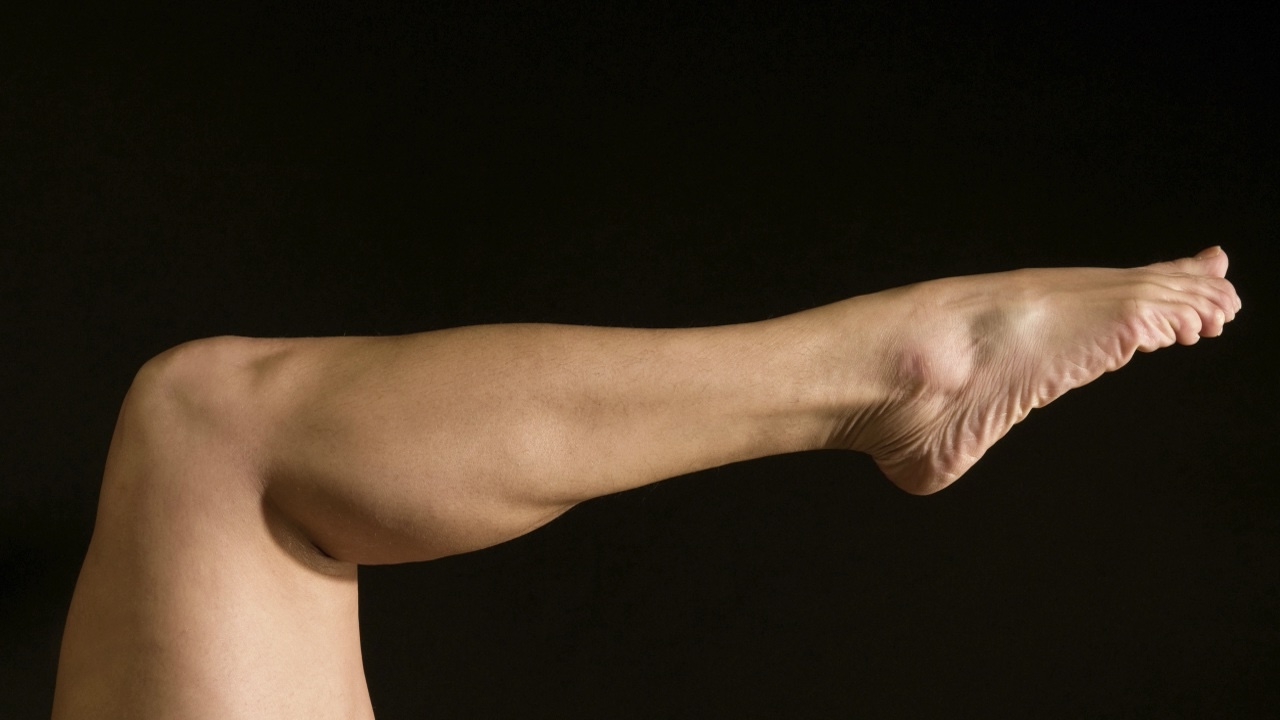
The gastrocnemius muscle, often called the calf muscle, plays a crucial role in our daily movements. Located at the back of the lower leg, it helps us walk, run, and jump. But did you know this muscle is more than just a powerhouse for movement? The gastrocnemius is also involved in maintaining balance and posture. It works closely with the soleus muscle to form the calf, providing strength and stability. Understanding this muscle can help you appreciate its importance in activities like sports and exercise. Let's dive into 34 fascinating facts about the gastrocnemius muscle that will give you a deeper insight into its function and significance.
What is the Gastrocnemius?
The gastrocnemius is a major muscle located in the back part of the lower leg. It plays a crucial role in walking, running, and jumping. Let's dive into some fascinating facts about this powerful muscle.
-
The gastrocnemius is one of the two main muscles that make up the calf, the other being the soleus.
-
It is a biarticular muscle, meaning it crosses two joints: the knee and the ankle.
-
The name "gastrocnemius" comes from the Greek words "gaster," meaning stomach, and "kneme," meaning leg, referring to its bulging shape.
-
This muscle has two heads: the medial head and the lateral head, which originate from different parts of the femur.
-
The gastrocnemius and soleus together form the triceps surae, which is responsible for plantar flexion of the foot.
Function and Importance
Understanding the function and importance of the gastrocnemius can help appreciate its role in daily activities and athletic performance.
-
The gastrocnemius is essential for pushing the body forward during walking and running.
-
It helps in maintaining balance by stabilizing the ankle joint.
-
This muscle is heavily involved in jumping, providing the explosive power needed to lift off the ground.
-
It also assists in bending the knee, although this is a secondary function.
-
The gastrocnemius works in tandem with the soleus to control movements like standing on tiptoes.
Anatomy and Structure
The anatomy and structure of the gastrocnemius reveal its complexity and efficiency.
-
The medial head of the gastrocnemius is larger and more prominent than the lateral head.
-
Both heads of the gastrocnemius converge into a single tendon, known as the Achilles tendon.
-
The Achilles tendon is the strongest and thickest tendon in the human body.
-
The gastrocnemius muscle fibers are predominantly fast-twitch, making them ideal for quick, powerful movements.
-
Blood supply to the gastrocnemius comes from the sural arteries, branches of the popliteal artery.
Common Injuries
The gastrocnemius is prone to certain injuries, especially in athletes and active individuals.
-
A common injury is a gastrocnemius strain, often referred to as a "tennis leg."
-
Strains typically occur due to sudden acceleration or changes in direction.
-
Symptoms of a gastrocnemius strain include sharp pain, swelling, and bruising in the calf.
-
Treatment for strains usually involves rest, ice, compression, and elevation (RICE).
-
Severe strains may require physical therapy or even surgery in extreme cases.
Exercises and Strengthening
Strengthening the gastrocnemius can improve performance and prevent injuries.
-
Calf raises are one of the most effective exercises for targeting the gastrocnemius.
-
Running, especially on inclines, can also help strengthen this muscle.
-
Jump rope exercises engage the gastrocnemius and improve its endurance.
-
Stretching the calf muscles regularly can prevent tightness and reduce injury risk.
-
Incorporating plyometric exercises, like box jumps, can enhance the explosive power of the gastrocnemius.
Interesting Facts
Here are some additional intriguing facts about the gastrocnemius.
-
The gastrocnemius can generate significant force, up to 1.5 times a person's body weight during activities like sprinting.
-
It plays a role in venous return, helping pump blood back to the heart from the lower extremities.
-
The gastrocnemius is more active during high-intensity activities, while the soleus is more engaged during low-intensity, endurance activities.
-
This muscle can be prone to cramps, often due to dehydration or electrolyte imbalances.
-
The gastrocnemius is sometimes referred to as the "second heart" because of its role in blood circulation.
Fun Facts
Let's wrap up with some fun and quirky facts about the gastrocnemius.
-
The gastrocnemius is often more developed in athletes, especially sprinters and jumpers.
-
Some people have a genetic predisposition for larger calf muscles, including the gastrocnemius.
-
The gastrocnemius can be trained to increase in size and strength, much like other muscles in the body.
-
In some cultures, well-developed calf muscles are considered a sign of beauty and strength.
Final Thoughts on the Gastrocnemius
The gastrocnemius muscle, often called the calf muscle, plays a crucial role in everyday movements like walking, running, and jumping. It’s fascinating how this muscle not only helps with basic mobility but also contributes to athletic performance. Knowing its structure, function, and common issues can help you take better care of it. Stretching and strengthening exercises can prevent injuries and improve overall leg health. If you experience persistent pain or discomfort, consulting a healthcare professional is a smart move. Understanding your body better can lead to a healthier, more active lifestyle. So, next time you take a step, remember the powerhouse working behind the scenes—the gastrocnemius. Keep those calves strong and flexible, and they’ll keep you moving smoothly through life.
Was this page helpful?
Our commitment to delivering trustworthy and engaging content is at the heart of what we do. Each fact on our site is contributed by real users like you, bringing a wealth of diverse insights and information. To ensure the highest standards of accuracy and reliability, our dedicated editors meticulously review each submission. This process guarantees that the facts we share are not only fascinating but also credible. Trust in our commitment to quality and authenticity as you explore and learn with us.
